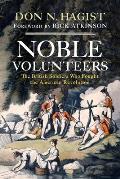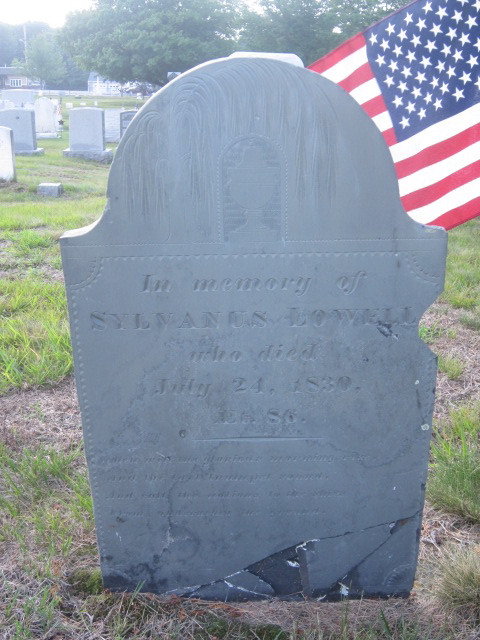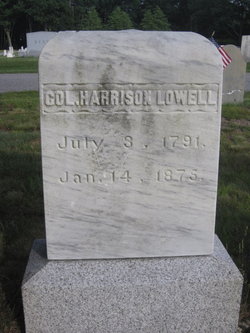This post is about the life of
British army officer and
disabled artist Christopher Machell, mostly because I can’t resist the chance to type the phrase “Lancelot Machell of Crackenthorpe Hall.”
That was the name of the officer’s grandfather. The Machell family seat was that big manor house in Crackenthorpe (shown here), a village in the western English county of Westmorland (now Cumbria).
The Machells had owned that property since the late Middle Ages, rebuilding and remodeling it multiple times in the 1600s.
Lancelot Machell and his wife Deborah had fourteen
children between 1708 and 1726, ten of them girls. Of the four boys, three died while still very young.
That left Richard Machell, born in 1713, as the heir to Crackenthorpe. He married Mary Gibson in 1732, and they soon started to have children. But Richard followed an unusual path for a landed gentleman: he joined the
church and in 1739 became rector of St. Peter’s Church in Great Asby.
The elder Lancelot Machell and his wife Deborah both died in 1767. While retaining his ecclesiastical post, the Rev. Richard Machell moved into Crackenthorpe Hall with his family. The following year, he joined in an agreement to divide Crackenthorpe common among seventeen proprietors, coming away with 238 of its 526 acres.
The minister’s first son Hugh had died after a day. His oldest surviving son and heir was another Lancelot Machell, born in 1741. Among the younger children was Christopher, born in 1746. He needed a profession, and at age twenty-two he became an ensign in His Majesty’s 15th Regiment.
I discussed what I could find of Christopher’s military career
yesterday. He was a lieutenant as of 1771, a captain in 1775, and deployed to America in 1776. Later sources say he was wounded in the “Battle of
New York” and lost his left arm, but he remained on the regimental roll until 1789, when he retired with the rank of major.
Christopher Machell married Ann Scott in late 1783. According to
Irish Watercolours and Drawings by Anne Crookshank and the Knight of Glin, Maj. Machell was in Ireland in the mid-1780s, painting landscapes “in monochrome or grisaille” with “no interest in figures.” His pictures of the land around Dublin, County Antrim, and County Down are
in the National Gallery of Ireland.
The Rev. Mr. Machell died in February 1786. Lancelot Machell became the owner of Crackenthorpe Hall and that big estate. But not for long. In August, he advertised the manor and its attendant properties for sale. An agent for the Earl of Lonsdale bought everything for £12,000.
Family tradition would say Lancelot “lost a bet to Lord Lonsdale of nearby Lowther Castle and put the estate up for sale to pay for it.” The
first Earl of Lonsdale does have some crazy stories attached his name (keeping his late mistress’s body in her bed until the smell became so bad he had it put in a glass-topped coffin, fighting a duel with a guard captain because he didn’t like being told to stay away from a London
riot), but gambling doesn’t loom large.
Maj. Christopher Machell reportedly objected to this sale and asked his brother to sell him Crackenthorpe Hall and a bit of land around it. (There was no way he could have matched the earl’s price for all the property.) But it was too late. Lancelot moved onto property he inherited from his mother and died in April 1788, leaving most of his remaining wealth to Christopher.
Maj. Machell settled his family in Beverley, in the county of Yorkshire. (In other words, he moved clear across England, but across the narrowest part of England.) As I
wrote yesterday, Machell gained the rank of lieutenant colonel as an inspector of
militia in 1807, so his descendants remembered him as “Colonel Machell.” An article in the 1886
Transactions of the Cumberland and Westmorland Antiquarian & Archaeological Society quoted one of his sons recalling him this way:
He was highly endowed with mental and personal qualities of no slight pretension, an admirable draughtsman, a good musician, a skilful botanist, and possessing a wonderful amount of varied and accurate information. In person he was above the ordinary standard being 6 foot 2 inches in height, and built in fair proportion, so that his strength and activity were very great, and even up to the time of his death he never was bowed down by decrepitude, nor did his sight fail him.
The Historical Account of the Herbarium of the Yorkshire Philosophical Society describes a painting of “the gallant colonel seated, and resting his arm upon a volume of his ‘Hortus Siccus’,” or plant list. A biography of his grandson, explorer Thomas Machell, by Jenny Balfour-Paul describes the colonel’s “armless sleeve pinned up” in this portrait. He died in 1827 at the age of eighty.
Christopher and Ann Machell had five sons who reached adulthood. Three joined the British army, and a fourth was a banker. The fifth tried the
Royal Navy but then followed his grandfather’s path, became a minister, and produced the family’s only male heirs.
One of that man’s younger children, James Octavius Machell, proved to be a very successful
racehorse breeder. So successful that he made enough money to buy back Crackenthorpe Hall from the latest Earl of Lonsdale in 1877. He added another wing to the manor, called the “Victorian Wing” but shaped along Georgian lines to blend with the rest.
If you’re Anglophilic enough to have enjoyed this trip through one line of British landed gentry, you may be interested to know that that wing of Crackenthope Hall is
available for rentals and occasions.







.jpeg)












